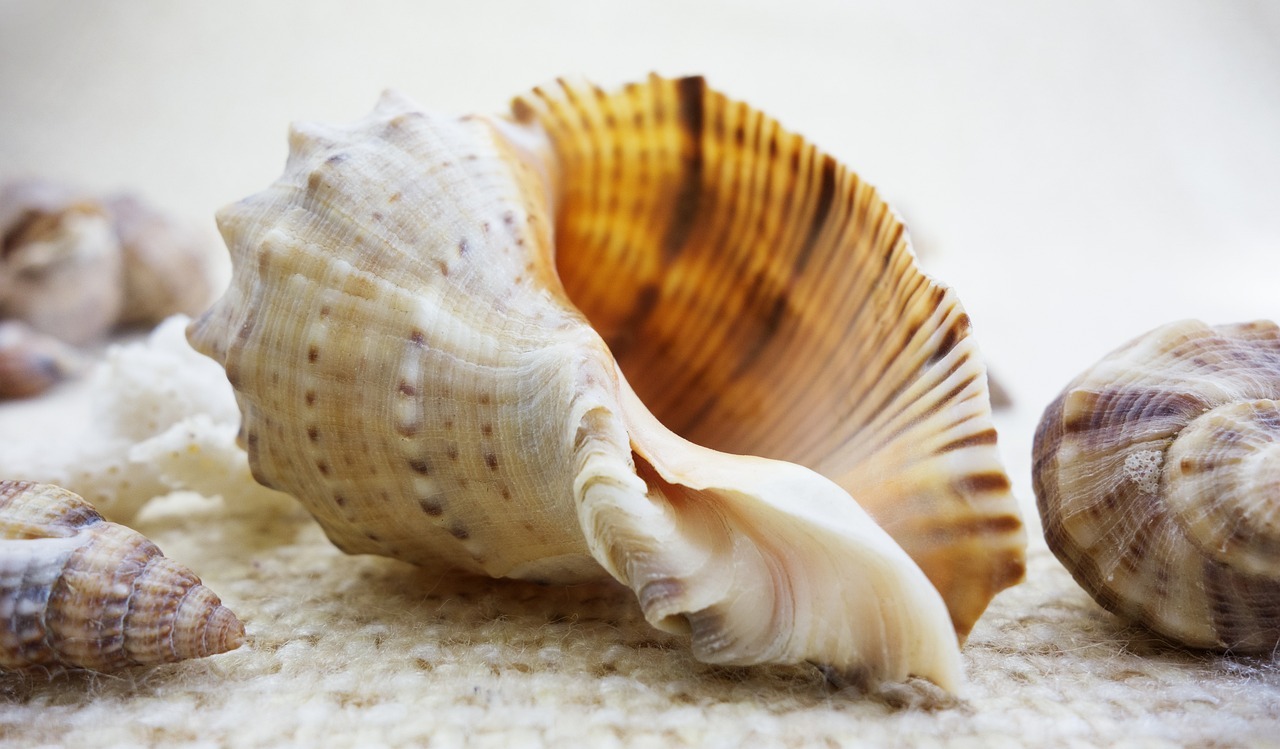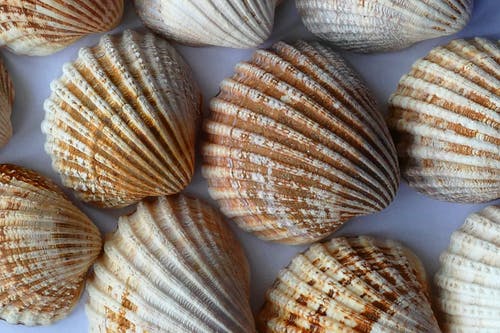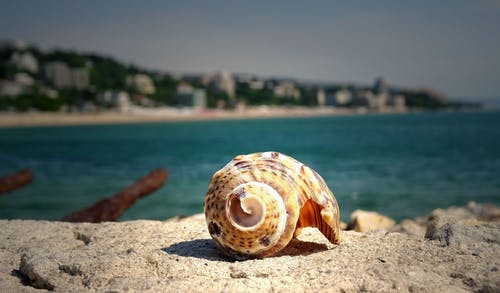Most of us have collected seashells whenever we visited a beach. We may also have bought them as cheap souvenirs while on vacation. While they’re cost-efficient, shells have come in handy for some beautiful decorations, memorable crafts, and many other purposes over time.
However, many might not know some of the most interesting facts about seashells. We’ll discuss some of these here:
A Body Part
We know what seashells look like, but we might never have pondered just what they are. A seashell is actually the body part of a sea creature such as a mollusk. When the mollusk is alive, the shell protects the soft body inside as a sort of protective layer.
After the animal is no more, the soft body might be eaten by other creatures or decompose naturally. In either case, the shell is left behind just like a skeleton is left after the human body decomposes. Shells and bones actually have very similar compositions, so they also share the same long-lasting attribute.
A Currency
Modern kinds of currency are mostly paper notes and coins, but seashells were also used as currency once. Not all types, but a little white cowry shell was the kind that became an important monetary unit in some areas. Its scientific name is the Cypraeamoneta, and it was deemed valuable in East Asia, Africa, and South Asia at a certain point.
Other Uses
Other than the monetary use in a certain era, seashells are usually known for their decorative purposes. Large conch shells can act as table centerpieces, while tiny shells are used by children and adults for covering boxes, frames, and canvases. Shells are also used in mosaics, in jewelry, and other decorative purposes. The mother-of-pearl we use for decorating items and buttons are also the iridescent insides of certain shells.
However, many people have also utilized seashells in various tasks other than just for decoration or beautification. Since shells are strong, durable, and long-lasting, they’ve served as bowls, blades, scrapers, bailers, etc. Those who raise chickens have also been known to crush up shells and mix it in the chicken feed. This helps the hen’s eggs have a strong and sturdy shell themselves.
Collecting Seashells
Many may have collected seashells as children, but some people actually make this hobby a lifelong interest. There are even some notable individuals who were quite fond of their seashells collections. These include the Russian Emperor Peter the Great, or Peter I. The Japanese Emperor Hirohito was another seashell collector, as was the Monegasque royal Prince Albert 1.
The female English novelist who dubbed herself George Eliot was also a known seashell collector, along with the novelist Ian Fleming. The latter was the creator of the James Bond series. Other notable names on this list include Fidel Castro and Sir Thomas Lipton, the founder of the Lipton Tea Company.
We may think that all these seashell collectors lived a long time ago, but this hobby actually predates them. There were seashells collections preserved in Pompeii homes from 79 AD. We know this from looking at the remains left after the eruption of Mount Vesuvius around that time.
Gardening
We now know about seashells being ground up and used for feeding chickens. This is mostly because of the calcium in the shells, which is also why they’re used to tend gardens. They have high levels of calcium carbonate, an element that’s found in soil conditioners and fertilizers.
In order to utilize seashells in gardens, you have to grind them to a fine powder first. Then, they’re sprinkled directly on the soul. The more they’re mixed into the ground, the more the garden will benefit from their nutrients.
The Patterns
When we look at a mollusk shell, we notice a neat pattern on them. This isn’t a coincidence, but rather part of the animal’s own actions. We don’t mean that the mollusk actively tried to create interesting patterns in the shell. The shell is part of their outer body, so the sea creature has to make it grow along with them.
Mollusks hence used their memories in order to gauge where they would build their next shell layer. They made the layer using the impurities that were around them at that moment, hence the different colors. With each layer, they got a new line in their shell, creating the patterns we admire after the animal is gone.
Different Textures
Along with different patterns, we’ve also seen that mollusk shells have several varying textures. Some might be smooth, such as clamshells or lobsters, while conch shells are usually bumpy and rough. These textures are again not random but serve a purpose as well.
The shape and rough textures of some shells helped to keep the creature inside safe from predators. If a shell was smooth, it was usually to allow the creature to escape or get to a safe place quickly.
Importance of Conch Shells
Conch shells can act as trumpets on their own. They’re used in several places such as Tibet, Japan, and the Caribbean for the noise they make when you blow into them. The same large, twisted shells are considered a harbinger of good luck in China. In the Islamic Sufi philosophy, a conch shell represents the sound of the divine world.
There are also several other significances of the conch shell across many cultures and religions. When you hold this shell up to your ear, the sound you hear is like the ocean or sea waves. It’s hence no surprise that it’s considered so special in so many ways. In fact, the sound inside a conch shell is the air passing through it and being amplified due to the unique shape.
Hermit Crabs
While mollusks make their own shell and stay inside it their whole lives, hermit crabs are a bit different. These crabs are crustaceans, but they make use of the seashells they find after the creatures inside have died. As long as they fit inside and are able to carry the shell, they’ll use it for a home.
The Seashell Trade
If you’re concerned about animal cruelty, perhaps buying a seashell from a shop or stall isn’t the best idea. We may think that the sellers scour the beaches for those perfect seashells, but that’s rarely the case. The pristine form of store seashells is usually due to the fact that they were removed from a living creature. Without the shell, the animal eventually dies.
This trade means that thousands of mollusk species are targeted every year. As a result, some might even be facing extinction while others have evolved with smaller shells than before. This is a sign that the species is greatly suffering. We can hence be responsible by not buying seashells from the usual vendors. If we have to, we should avoid the larger species such as the Nautilus. These take a long time to mature and are over-hunted as it is.
Conclusion
The beauty and functionality of seashells are apparent in several parts of the world. Learning more about them makes us able to appreciate these wonders of nature all the more. At the same time, we should also feel responsible for preserving the lives that actually produce the shells in the first place.



